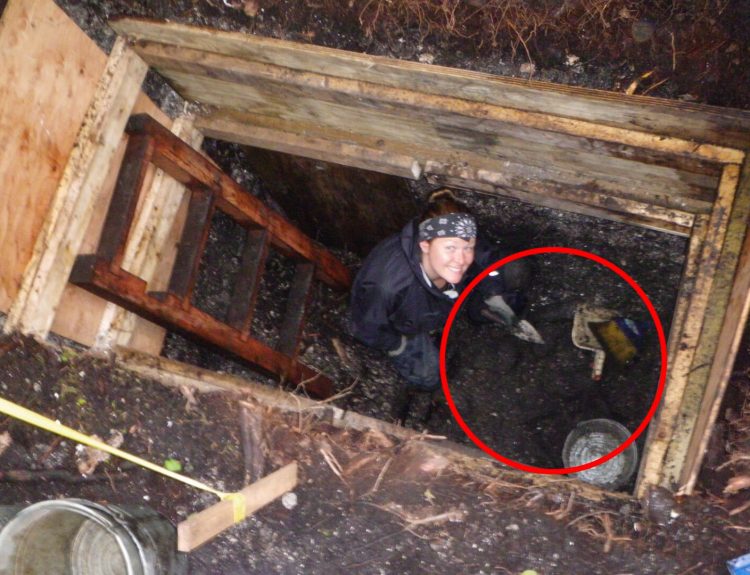In the 1970s, Father Juan Botaso noticed some peculiar earthen mounds deep in the Amazon Rainforest in Ecuador’s Upano Valley. He pointed them out to a fellow priest, Pedro Porras, who was also an amateur archaeologist. Porras did a quick, rudimentary excavation and published a minor paper about the existence of the mounds.
For the next several decades, few archaeologists gave this discovery any attention. An exception to this was French archaeologist Stephen Rostain who located hundreds of similar mounds. A recent laser scan, however, showed that Rostain’s finds were just the tip of the iceberg … and the discovery is changing the narrative on South American history.
Father Pedro Porras’ Lukewarm Reception
When Father Pedro Porras published his paper about the earthen mounds he found in the Upano Valley in the 1970s, the reception he got from his research was lukewarm. While researchers were fascinated by the stone ruins of the Incas and Mayans further north, the cultures of the Amazon Rainforest were viewed as being primitive.
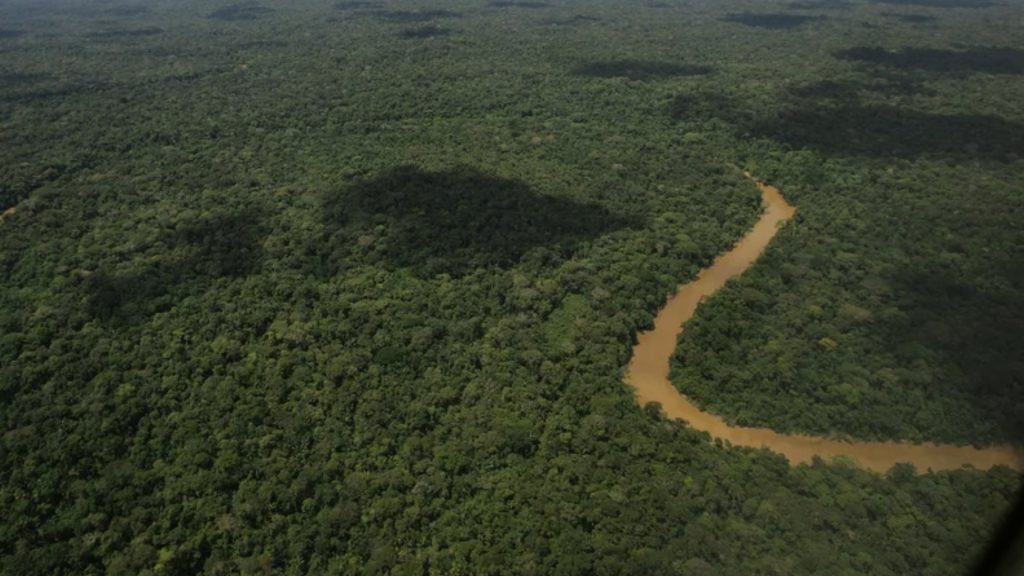
Stephen Rostain, the director of investigations for the National Center for Scientific Research in France, believes that part of the blame for this can be attributed to racism and outdated colonial attitudes. He explains that the prevailing thought of the time was that “the Amazons are ‘savages’ incapable of building anything sophisticated.”
Laser Mapping the Upano Valley
Rostain started his archaeological work in Ecuador in 1996 and moved his excavation work to the Upano Valley in 2015. During his time there, he documented hundreds of mounds. Rostain explained, “There were huge earthworks made by Indigenous people.” He deemed the area worthy of extensive study … and the Ecuadorian government agreed.

In 2015, the country’s government commissioned a private company to do a Lidar scan of the Upano Valley. That laser imaging work, however, was backburnered several times. When it was finally completed, it revealed something truly remarkable and unexpected.
What Is Lidar Scanning?
According to the National Oceanic and Atmospheric Administration (or NOAA) website, LIDAR is an acronym for “light detection and ranging.” It is one of the latest tools researchers can use to remotely examine the Earth’s surface. Lidar is sometimes called “laser imaging” because this method uses the light from pulsing lasers to make its measurements.

When the Lidar equipment is flown over an area of land, the equipment measures the distance from the point of origin to objects on the Earth’s surface, then creates a three-dimensional map of the area. In a sense, Lidar allows researchers to peel back the vegetation to see what is on the ground beneath it.
A Massive City Hiding in the Jungle
Rostain had previously theorized that there were hundreds of earthen mounds hiding beneath the jungle of the Upano Valley. He was wrong. According to the Lidar scans, there were thousands! Hiding under the vegetation, there is a vast and sprawling urban complex consisting of more than 6,000 earthen platforms.

Rostain explained that the mounds were the remains of an Amazonian city that was much larger and more complex than everyone ever imagined. Well, maybe not everyone.
Indigenous Legends Told of Cities Rivaling European Ones
There have long been stories and legends among the Indigenous people of the Amazon about great cities of the past. According to Manari Ushigua, a spokesperson and leader for the Sapara Nation of Ecuador, stories of ancient Amazonian cities are deeply ingrained in the histories of his people.

Ushigua noted, “These were civilizations on a par with European ones.” These great cities, he explained, disappeared because of “cambio del sol,” or a “sun change.” Today, we would call this “climate change.”
A Thriving Metropolis
The earthen mounds Rostain found, and that the Lidar revealed show that the Upano Valley was once the site of a thriving metropolis. There were houses, public gathering places, terraced gardens, roads, water works, and agricultural fields for growing staples, including yucca, maize, beans, and yams.
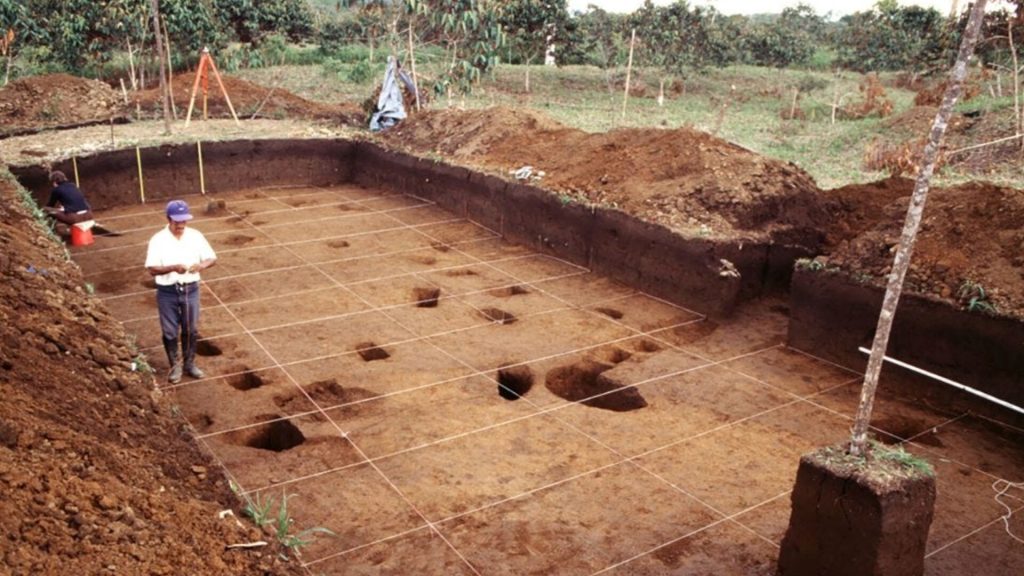
According to Rostain, this urban complex could have supported a population of 10,000 people. The prevailing belief among historians and anthropologists was that the Amazonians historically lived in small villages because they lacked the sophistication to build larger cities. These new findings are rewriting that.
An Interconnected City
The Lidar scan shows that this hidden city consisted of a core city center, which has been named Kilamope. There are four additional large cities surrounding it, with ten more smaller ones on the outskirts of those. In all, there are 15 identifiable settlements.
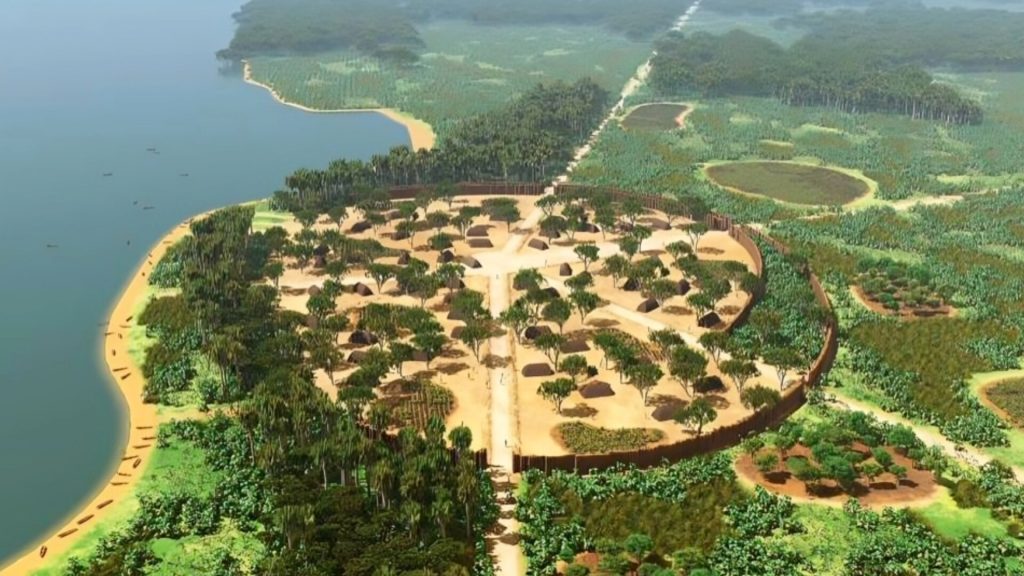
At each of these settlements, the Lidar scan shows numerous platforms that have been carved into the surrounding hills. Measuring 65-feet by 32-feet, these platforms – roughly 6,000 of them – were most likely individual homes.
A 2,500-Year-Old Site
Rostain and other archaeologists working at the site have determined that this long-forgotten city was built about 2,500 years ago. He said, “This is older than any other site we know of in the Amazon.”

He continued to explain that the findings show the city was inhabited from about 1,000 years before climate change led to its abandonment.
An Impressive Network of Roads
The different settlements and parts of the city were connected by a series of roads. According to archaeologist Antoine Dorison, the road system is well-constructed and impressive. “It is very sophisticated and extends over a vast distance, and everything is connected,” Dorison explained.

The largest roads the archaeology team has uncovered are 32 feet wide and more than 12 miles long. Dorison explained that these roads are proof that “we have underestimated the complexity of ancient communities with the Amazon.” It would have required advanced engineering skills and a large workforce to build these roads.
A Large Water Works Project
In addition to the network of roads, the newly discovered Amazonian city had a robust water works project. The inhabitants of the city built a system of canals and ditches to control the flow of water and help them manage this vital resource.

The canals also drained water to the farm fields. Much of the land that was used for agriculture appears to have been drained and reclaimed from low-lying swamplands. The man-made ditches and canals were an important infrastructure for a city of that size.
Earth Was the Primary Building Material
A notable feature of the Amazonian city discovered in the Upano Valley is that earth was the primary building material. The great Mayan and Inca civilizations further north built their cities with stone.
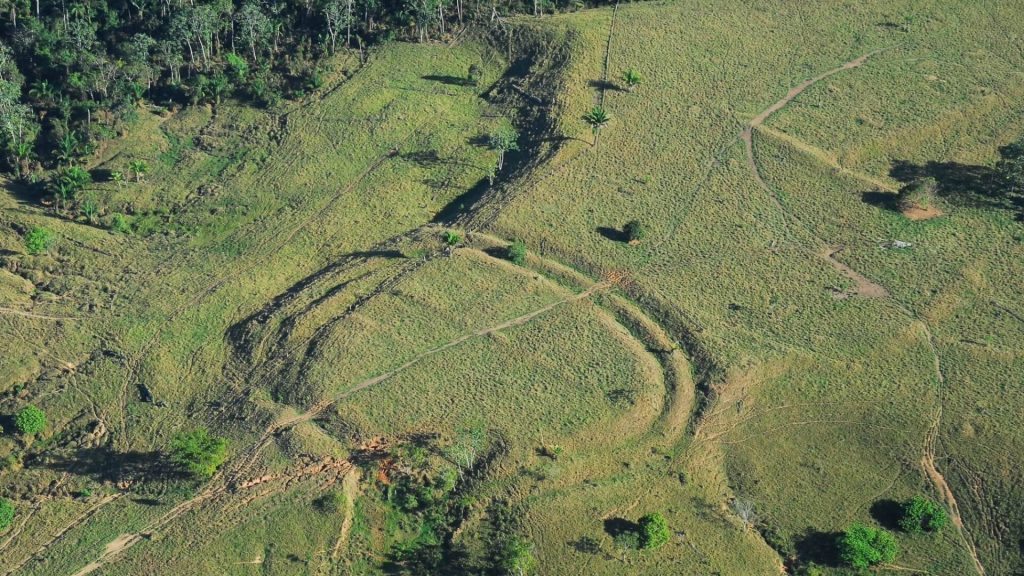
This city complex was constructed using mud, dirt, and earth. But that doesn’t mean it lacked the longevity of stone structures, as the Lidar scan proves. It just means, as Rostain points out, that the people of the Ecuadorian Amazon were resourceful. They made use of the only material available to them.
An Uncolonized Valley
According to Rostain, the Upano Valley of Ecuador was not colonized by European settlers. In fact, it was rather isolated from contact with the outside world until the 1970s. He explained that the Aents Chicham territory was “like a lost valley,” with “no roads and no communications.”
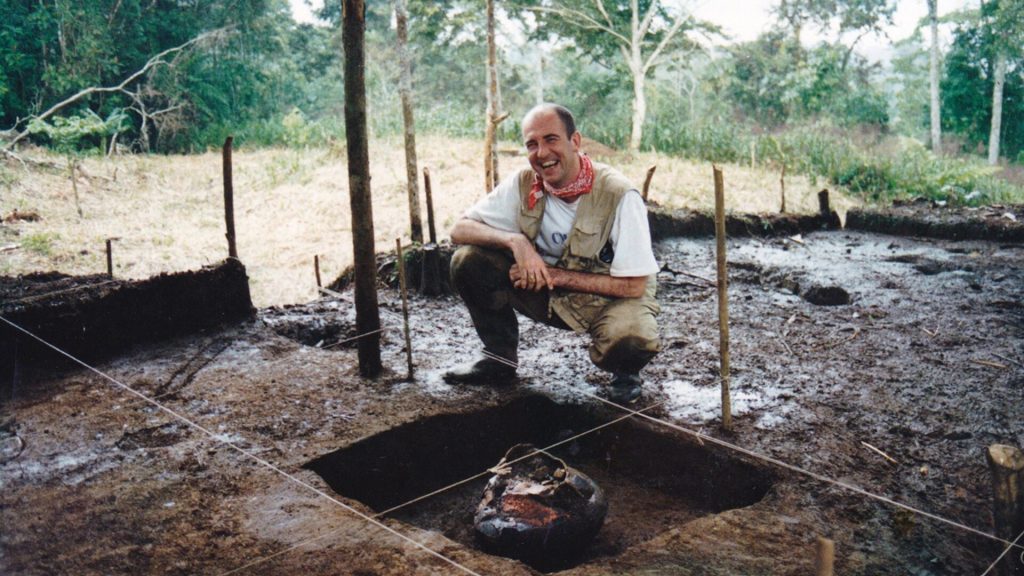
The Indigenous mound builders called the valley their home from about 2500 BC until roughly 600 AD. “After that, no one lived there for two or three centuries,” Rostain said. “We don’t know what happened, but it could have been volcanic activity, climate or cultural changes.”
A Lesson About the Dangers of Climate Change
For Manari Ushigua, who claims to be a “self-described protector of the forest,” the discovery of the Amazonian in the Upano Valley can serve as a lesson about the dangers of climate change. “They contain secrets about climate change that can help not only the fragile Amazonian environment but the whole planet,” he said.

He added, “We are suffering from the effects of rampant development and environmental destruction everywhere – but if we look to the jungle and these ancient places, we can learn a lot.”
Rethinking What We Know About Ancient Amazonian Cultures
The discovery of a large and sophisticated city complex in the Amazon jungle is forcing both the scientific world and the people of Ecuador to rethink what they thought they knew about ancient Amazonian cultures.
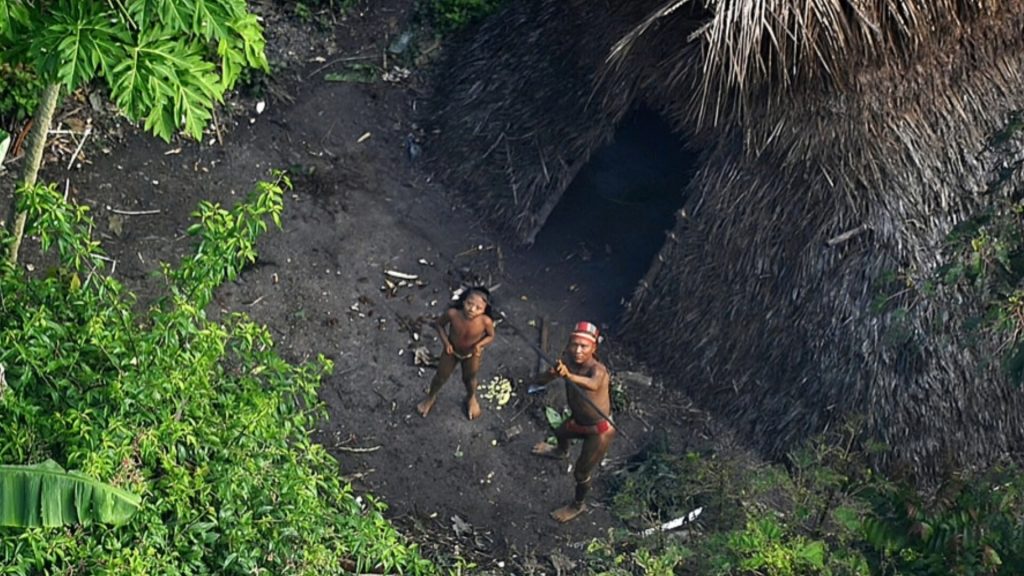
“Most people picture small groups, probably naked, living in huts and clearing land,” said Dorison. “This shows that ancient people lived in complicated urban societies. It changes the way we see Amazonian cultures.”
Highlighting the Ecuadorian Heritage
For Rostain, the discovery of this large and sophisticated ancient city is a big step toward elevating the Amazonian heritage of the Ecuadorian people which has long been viewed as insignificant when compared to the Incan heritage of other Latin American countries.
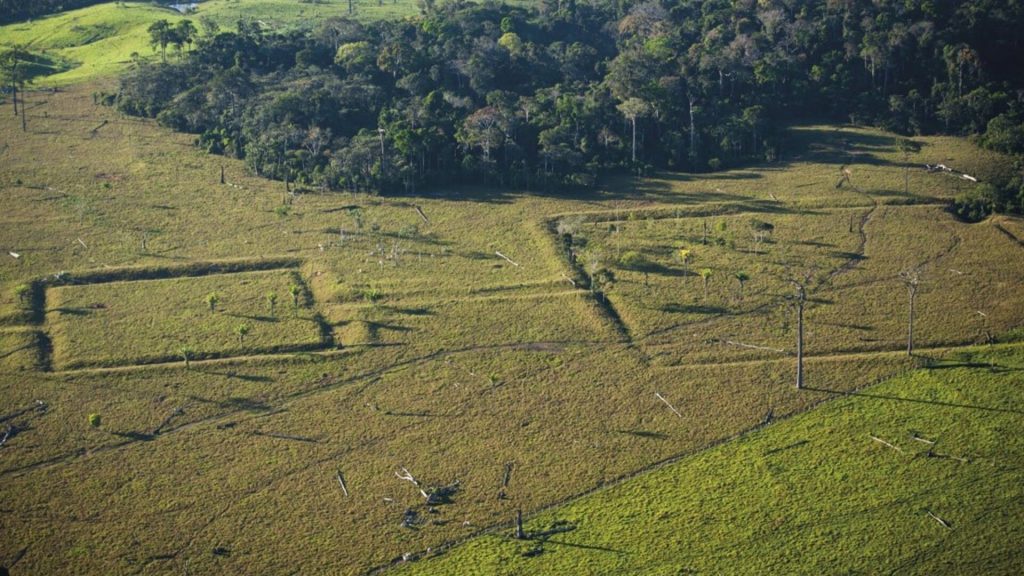
He added, “It contradicts the prevailing idea that Indigenous peoples in the area were only nomadic hunters and gatherers.” When Rostain identified earthen mounds in the 1980s, he explained, “No one believed that Indigenous people had made these mounds.” It is only natural for Rostain to feel a wave of vindication.
Protecting the Ancient Ruins
Sadly, some of the earthen mounds associated with the city complex in the Upano Valley have already been lost. Rostain said that cattle ranching is moving into the valley and the ranchers removed the mounds to make way for pasturelands. He believes that the only way to protect the site is to call on the international community to step in.

Ushigua agreed. “These are sacred sites, and their preservation is important not just for our communities but for all of humanity.”






